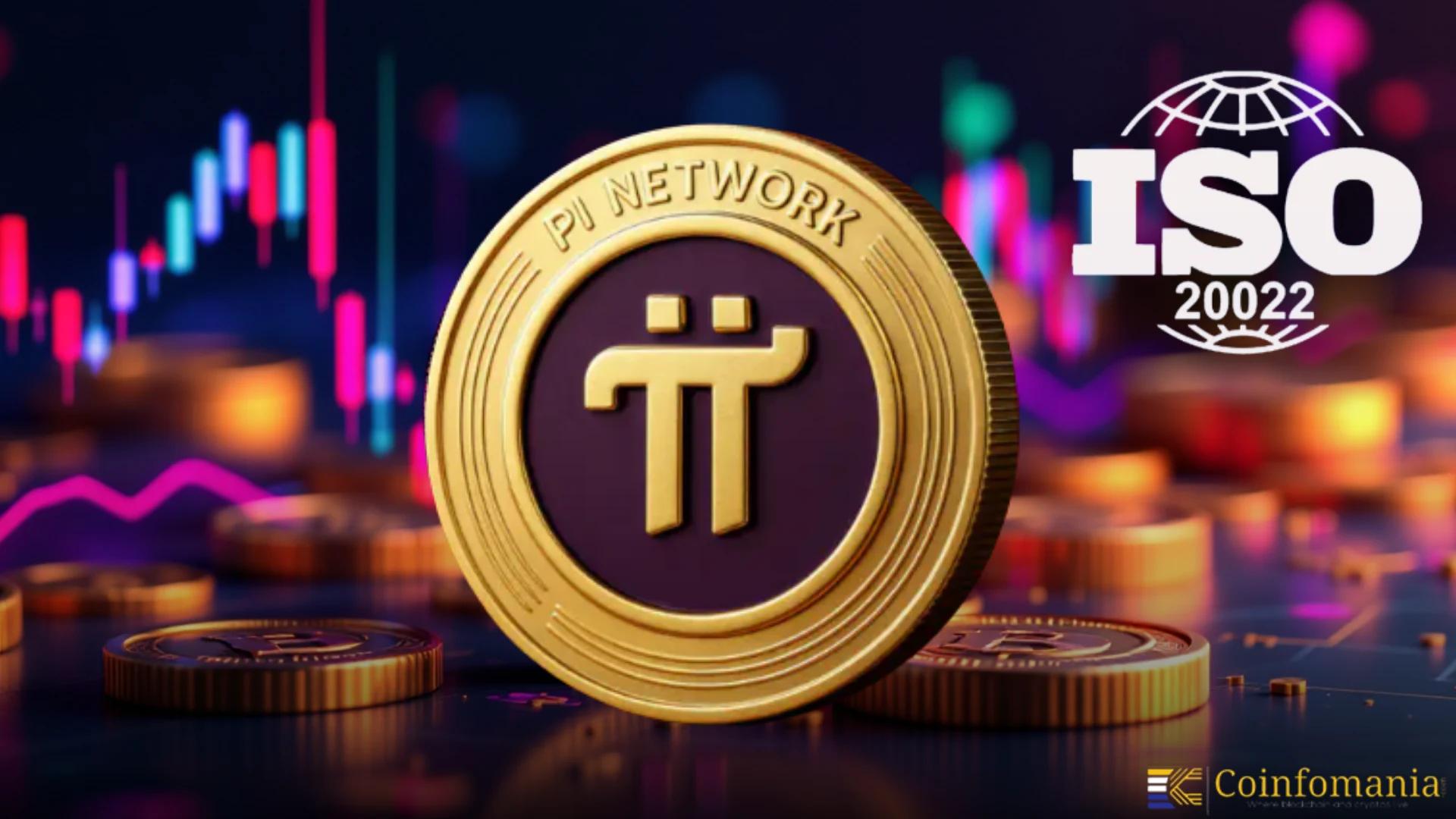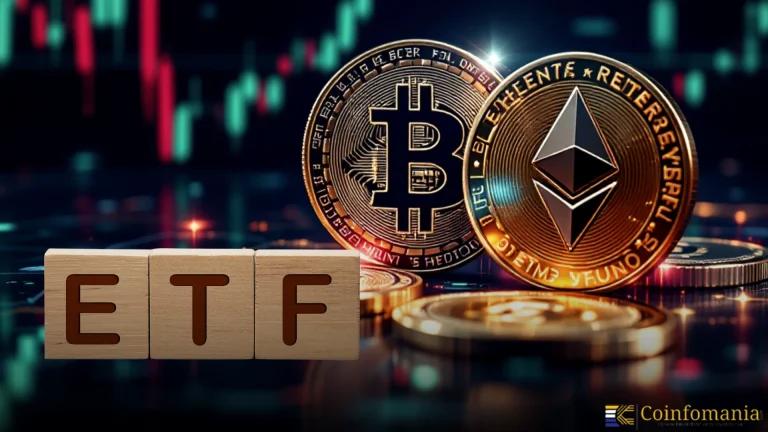Pi Network’s Global Currency Push Gains Momentum Ahead of ISO 20022 Deadline
Pi Network nears ISO 20022 readiness with pilots, partnerships, and testing as global compliance deadline approaches.

Quick Take
Summary is AI generated, newsroom reviewed.
ISO testing enters final sandbox phase.
Real-time transaction APIs under stress test.
PiBridge links Pi to USDC liquidity pools.
PiPay supports live merchant payments in Asia and Africa.
100,000+ pilot transactions processed in two weeks.
The Pi Core Team has also confirmed that its compliance modules are in their last phase of sandbox testing, and with the world being barely one month away before global ISO 20022 migration, the team will have a finalized version of its product to present to the outside world. The modules will guarantee the interoperability of these modules with SWIFT-aligned financial institutions, which would put Pi in the same position as other players such as XRP and Stellar.
The team is also in the process of stress testing their decentralized compliance APIs, which would enable third-party developers and financial entities to check Pi transactions in real-time, which is a critical milestone to institutional adoption.
Pi Bridge and Pi Pay: On-the-Go Utility in the Real World
Surprisingly, the Core Team gave two pilot programs, PiBridge and PiPay. PiBridge is an inter-chain liquidity system, which will allow swapping Pi with stablecoins such as USDC and fiat-backed tokens. PiPay, in its turn, is a mobile-first payment application that is being tested in Nigeria, Vietnam and the Philippines. It enables users to simply pay merchants using Pi, and convert it directly to local currency through partner gateways. Regional regulators are keeping a close eye on these pilots, and have already transacted more than 100,000 in the first two weeks.
Institutional Signals Fintech Partnerships and Regulatory Talks
Pi Network has already signed non-disclosed non-disclosure agreements with two Asian-based fintech companies to test remittance routes and microfinance (names not disclosed). These companies are reported to be evaluating Pi because it will be integrated into their existing mobile banking systems. Simultaneously, the Pi Core Team has already started regulatory discussions in Kenya, Indonesia, and Colombia, addressing the topics of sandbox licensing and classification of digital assets. Analysts reckon that such premature actions may mean that Pi will be the so-called compliant crypto asset in emerging markets.
Pioneers to Participants
The Pioneers 50M + of strong users of Pi are no longer mining, but transacting. Market places Community-run markets have emerged in more than 30 countries and users sell goods, services and even digital art with Pi. The Pi DEX which remains in closed beta is to project to become publicly available by December so that peer-to-peer swaps and liquidity farming become possible. The roadmap is still ambitious. Although the ISO 20022 activation will happen on November 22, insiders believe the open mainnet release will push strategically to Q1 2026 to enable the extension of the regulation and to harden the infrastructure further. Nevertheless the tide cannot be a dispute. As compliance, community, and capital start aligning, Pi Network is not a hypothetical experiment anymore, but rather one of the participants in the competition to redefine the world digital finance.
Follow us on Google News
Get the latest crypto insights and updates.
Related Posts

Crypto Investor Exposes Contract in Binance Projects
Triparna Baishnab
Author

Deutsche Bank Strategist Calls Bitcoin “Extremely Impressive” as Institutional Adoption Surges
Triparna Baishnab
Author

Ethereum Surpasses Bitcoin in Q3 Institutional Inflows
Vandit Grover
Author